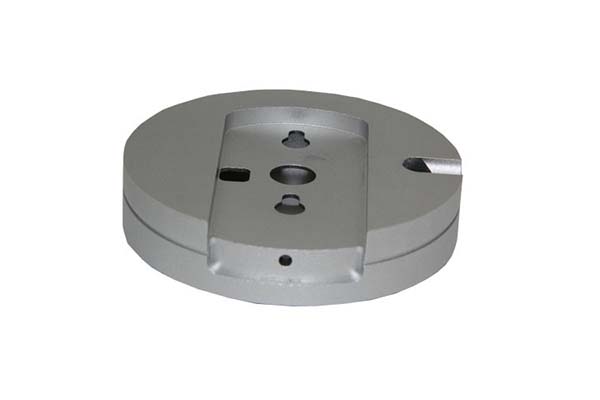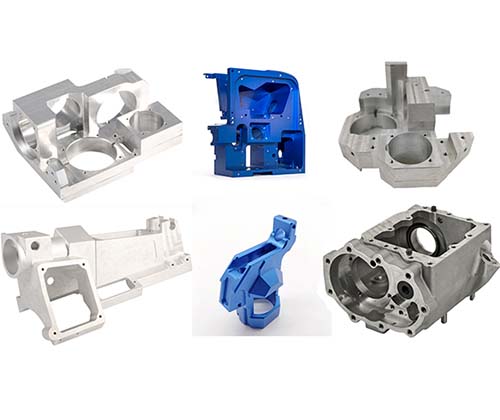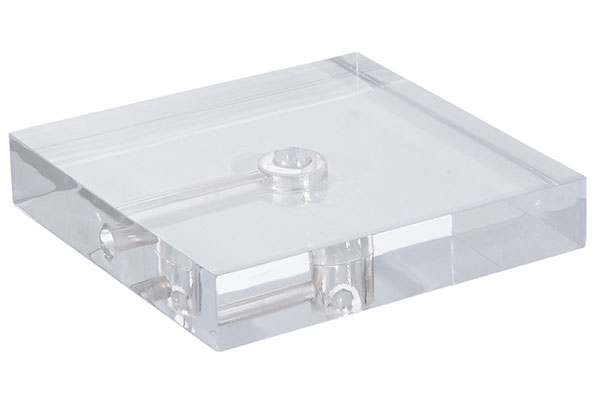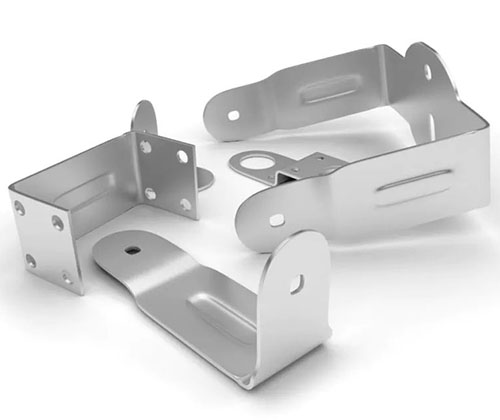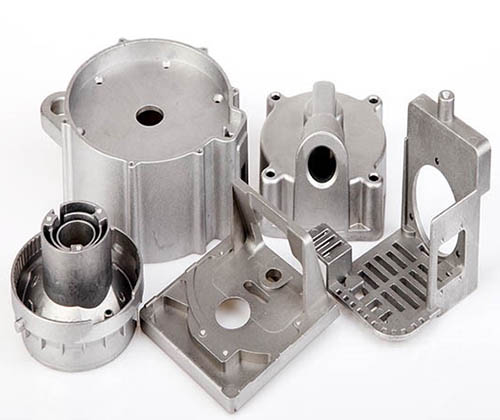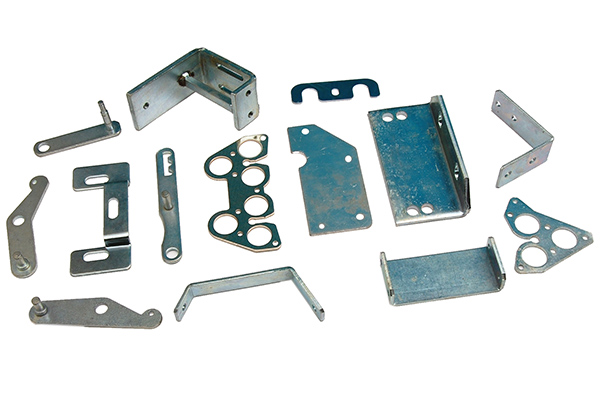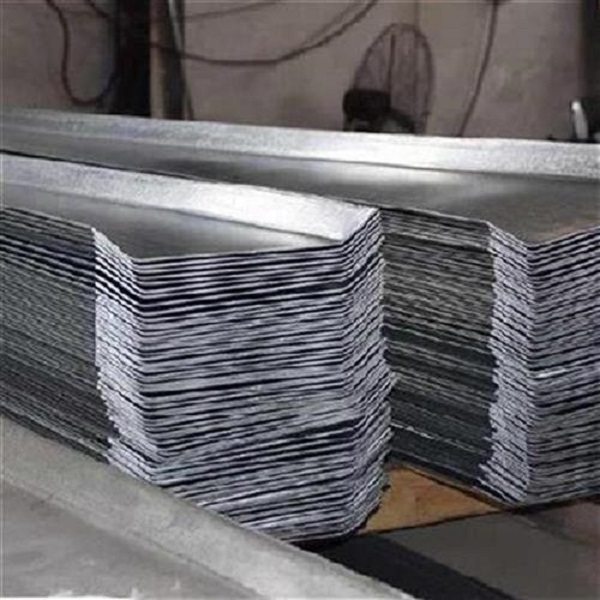Introduction
When it comes to choosing a stainless steel for projects that need to balance corrosion resistance, ease of fabrication, and hygiene, many engineers and manufacturers face challenges. They often struggle with materials that either corrode quickly in moist environments, lack the ductility for complex forming, or can’t meet the strict cleanliness standards of industries like food processing and healthcare. Sheet Metal SUS304 (Austenitic) solves these issues, standing out as a versatile and reliable choice. In this article, we’ll explore its material composition, manufacturing processes, surface treatments, applications, and why it’s a top pick for so many industries.
Material Composition and Properties of Sheet Metal SUS304 (Austenitic)
Alloy Composition
- Key Elements: SUS304 (Austenitic) is a type of austenitic stainless steel with a carefully balanced alloy composition. It contains 18 - 20% chromium, which forms a protective oxide layer on the surface, giving it excellent corrosion resistance. The addition of 8 - 10.5% nickel stabilizes the austenitic structure, contributing to its ductility and non-magnetic properties. Other elements include up to 0.08% carbon, 2% manganese, 1% silicon, and trace amounts of sulfur and phosphorus (each under 0.045%). This composition is what makes SUS304 both strong and workable, ideal for everything from kitchen appliances to medical devices.
Mechanical and Physical Properties
- Strength and Ductility: Sheet Metal SUS304 (Austenitic) offers impressive mechanical properties. Its tensile strength ranges from 515 - 725 MPa, and it has a yield strength of 205 MPa, providing enough strength for structural applications like architectural components and industrial machinery. What truly sets it apart is its ductility—it can elongate by 40 - 60% before breaking, making it easy to shape through bending, forming, and rolling. For example, when manufacturing stainless steel sinks through deep drawing, this ductility ensures the metal doesn’t crack.
- Hardness and Corrosion Resistance: The hardness of SUS304 is moderate, with a Rockwell hardness of 70 - 90 HRB, which strikes a balance between durability and workability. Its corrosion resistance is exceptional in most environments, resisting rust from water, mild acids, and atmospheric conditions. This makes it perfect for food processing equipment and sanitary applications, where exposure to moisture and cleaning chemicals is constant.
- Other Properties: SUS304 is non-magnetic, a key feature for electrical enclosures and aerospace parts where magnetic interference must be avoided. It has a thermal conductivity of 16.2 W/(m·K), lower than copper but sufficient for even heat distribution in kitchen appliances. Its electrical conductivity is also low (2.1 × 10⁶ S/m), making it suitable for non-conductive components.
Manufacturing Processes of Sheet Metal SUS304 (Austenitic)
Forming and Shaping
- Rolling, Cutting, and Bending: The manufacturing journey of Sheet Metal SUS304 (Austenitic) starts with rolling, where slabs are heated and passed through rollers to form sheets of various thicknesses (0.3 mm to 10 mm). Cutting processes like laser cutting and shearing are used to get precise shapes, essential for electrical enclosures and automotive parts. Its ductility makes bending easy—even tight 90° bends are possible without cracking, which is crucial for architectural components like handrails.
- Forming, Punching, and Machining: Forming processes such as deep drawing create complex shapes, from stainless steel bowls to sanitary applications components. Punching adds holes for fasteners in industrial machinery parts. CNC machining is used for high-precision parts, though SUS304’s toughness requires sharp tools and coolants to prevent overheating. This versatility in manufacturing makes it a favorite for mass production and custom projects alike.
Welding and Heat Treatment
- Welding and Annealing: Welding SUS304 is straightforward, but care is needed to avoid carbide precipitation (which reduces corrosion resistance). Using low-heat techniques or post-weld annealing (heating to 1040 - 1100°C and cooling quickly) helps maintain its properties. Annealing also softens the metal after cold working, restoring ductility—important for parts that undergo multiple bending or forming steps.
Surface Treatment and Finishing of Sheet Metal SUS304 (Austenitic)
Cleaning and Passivation
- Pickling and Passivation: After manufacturing, pickling (using acid) removes scale and impurities from the surface, preparing it for further treatment. Passivation is then done—applying a nitric acid solution to enhance the protective oxide layer, boosting corrosion resistance. This step is vital for food processing equipment and medical devices, where cleanliness and rust resistance are non-negotiable.
Aesthetic and Functional Finishes
- Polishing and Brushed Finish: Surface finishing enhances both look and performance. Polishing creates a mirror finish, perfect for architectural components and high-end kitchen appliances. A brushed finish (achieved by rubbing with abrasive belts) gives a matte, textured look, popular in automotive trim and electrical enclosures. Grain finish (a uniform pattern) is often used in pharmaceutical equipment for easy cleaning.
- Electropolishing and Coating: Electropolishing smooths the surface at a microscopic level, improving corrosion resistance and making it harder for bacteria to cling—ideal for medical devices. While SUS304 rarely needs coating or painting due to its natural resistance, some applications use plating (like chrome) for extra wear resistance. Surface roughness is tightly controlled, with finishes ranging from 0.02 - 5 μm Ra, depending on the application.
Applications of Sheet Metal SUS304 (Austenitic)
Food, Medical, and Pharmaceutical Industries
- Food Processing and Kitchen Appliances: Sheet Metal SUS304 (Austenitic) is a staple in food processing equipment—mixers, conveyors, and storage tanks—thanks to its corrosion resistance and easy-to-clean surface. Kitchen appliances like refrigerators, ovens, and sinks also rely on it, as it withstands daily use and exposure to water and food acids.
- Medical Devices and Pharmaceutical Equipment: In healthcare, medical devices (surgical tools, trays) and pharmaceutical equipment (mixing tanks, pipes) use SUS304 for its biocompatibility and ability to withstand sterilization. Its smooth finishes prevent bacterial growth, meeting strict hygiene standards.
Industrial, Construction, and Other Applications
- Industrial Machinery and Chemical Processing: Industrial machinery parts like pumps, valves, and brackets use SUS304 for its durability and resistance to oils and mild chemicals. In chemical processing, it’s used for pipes and tanks handling non-corrosive or mildly corrosive substances.
- Construction and Architectural Components: Construction uses SUS304 for roofing, cladding, and architectural components like facades and railings. Its weather resistance ensures long life, even in coastal areas. Electrical enclosures also use it to protect sensitive equipment from moisture and dust.
- Automotive, Aerospace, and Marine Applications: The automotive industry uses SUS304 for trim and exhaust components. In aerospace, it’s used for non-magnetic parts, and in marine applications (like boat fittings), its corrosion resistance stands up to saltwater spray.
Yigu Technology's Perspective
As a parts custom manufacturing supplier, Yigu Technology relies on Sheet Metal SUS304 (Austenitic) for its versatility. We leverage its ductility in bending, forming, and laser cutting to create precise parts for food processing equipment, medical devices, and architectural components. Our expertise in surface finishing—from brushed finish to electropolishing—ensures each part meets both aesthetic and functional needs. We trust SUS304’s corrosion resistance and reliability to deliver high-quality solutions for our clients across industries.
FAQs
- Is SUS304 suitable for high-salt environments like coastal areas?
- SUS304 offers good resistance to salt spray but may corrode in highly salty environments over time. For marine applications with constant saltwater exposure, 316 stainless steel (with molybdenum) is a better choice, though SUS304 works well for coastal construction with occasional exposure.
- Can SUS304 be welded without losing corrosion resistance?
- Yes, but post-weld passivation is recommended. Welding can reduce the protective oxide layer, but passivation restores it, ensuring corrosion resistance is maintained. Using low-carbon grades like SUS304L also minimizes carbide precipitation during welding.
- What’s the difference between a brushed finish and a mirror finish on SUS304?
- A brushed finish has a linear, matte texture from abrasive brushing, hiding fingerprints and scratches—good for kitchen appliances. A mirror finish is highly polished to reflect light, used in architectural components for aesthetic appeal but shows fingerprints more easily.
